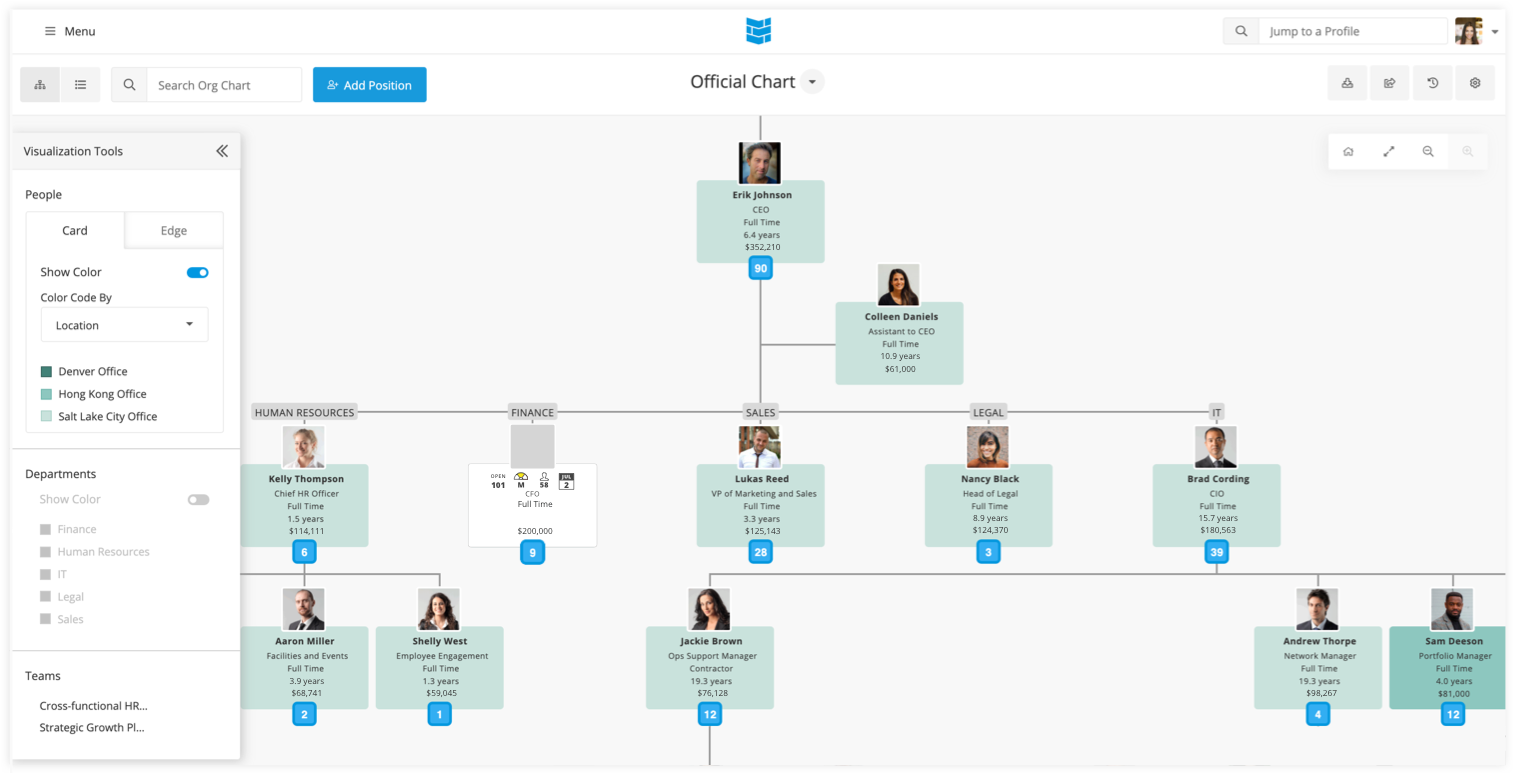Scenario Planning for Organizational Sustainability
Whether your organization is experiencing rapid change or things seem calm for the moment, the future always holds uncertainty. It’s natural to feel some stress and anxiety about the unknown. Luckily there are tools to help your organization prepare for the future and adapt to change quickly and confidently.
One of the best ways to temper feelings of uncertainty is to consider what-if scenarios. To start this process, take the time to identify as many of the possible scenarios your organization might encounter in the future and plan for how you’ll respond to each. Doing this will help you anticipate changes to your workforce and be ready to act as the future unfolds.
Let’s start by answering a list of key questions.
- Are there events that could lead to you needing to reduce your headcount? If so, list them, being as specific as possible.
- For each scenario involving a reduction in headcount, write a brief summary of the types of positions that will need to be eliminated. If possible, be even more specific and create a list of people whose employment will need to be terminated. It’s unpleasant to consider letting anyone go, but by creating a plan now you’ll make it much easier down the road if you need to take action.
- Are there events that could lead to you needing to increase your headcount? If so, list them, being as specific as possible.
- For each scenario involving an increase in headcount, write a brief summary of the types of positions that will need to be added. Think about any required skills you should consider in recruiting new talent. Also, include your best guess on timing and any next steps you can take to prepare for hiring these roles.
- Once you identify potential scenarios your organization may face, it’s time to use more sophisticated tools to help you visualize and plan for change.
Visualizing the Outcomes
One of the best ways to visualize possible future scenarios is to create org charts that depict the organizational structure each scenario could support or require. Doing so helps you identify things like new positions you might add, positions you might have to cut, or areas of your organization that may require restructuring.
As you create scenario charts, it’s valuable to understand what options you have for creating an org chart:
- Static Diagrams – These diagrams can be sketched on a piece of paper or whiteboard or created in a digital tool like Microsoft Powerpoint or Visio. While this type of chart might work in a basic situation, manual updates requires large amounts of time, out-of-date data can lead to inaccurate representations, and there’s no option for dynamically choosing which data to show.
- Dynamic, Interactive Software – Tools like Built will automatically build and update your chart, provide robust visualization tools, and display key metrics like compensation, tenure, location, etc. These additional insights can be invaluable for helping you make informed decisions in less time.

A solid organizational strategy can help you actively identify gaps in talent rather than react when various scenarios emerge. Scenario planning will ensure that your business is prepared for the future to unfold!
Schedule a demo to learn more about what-if scenarios and organization planning with Built.
